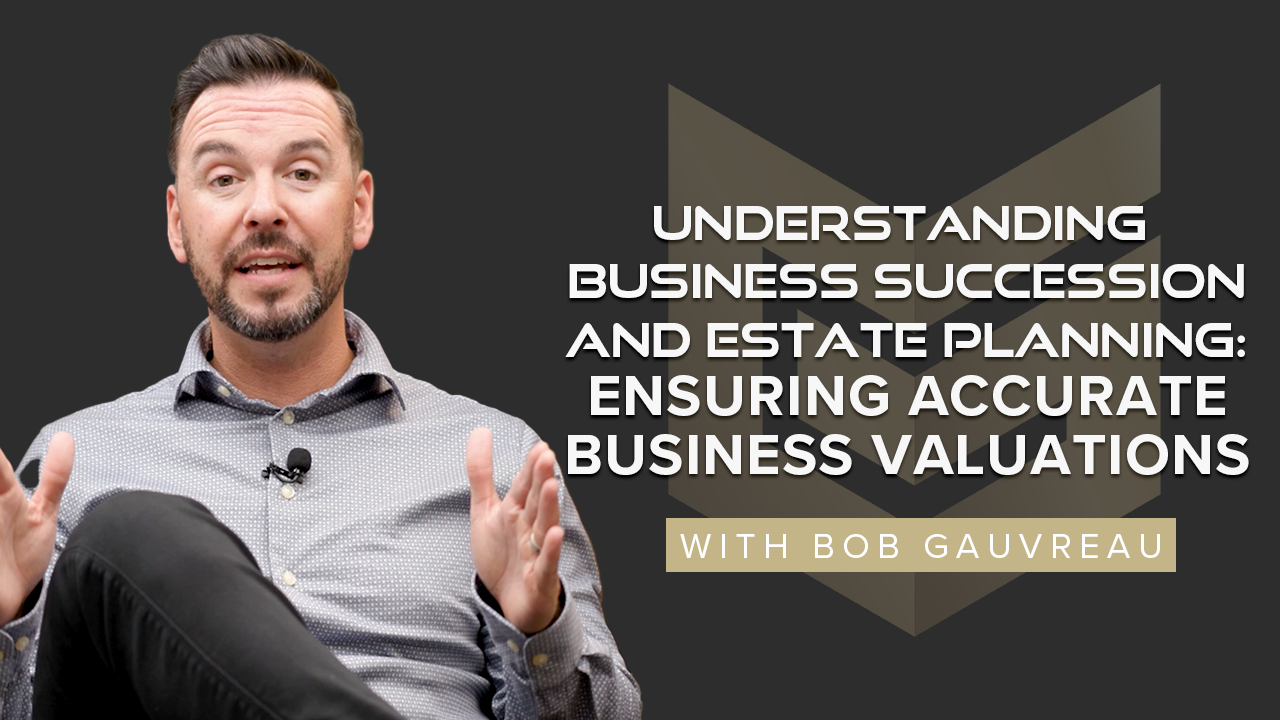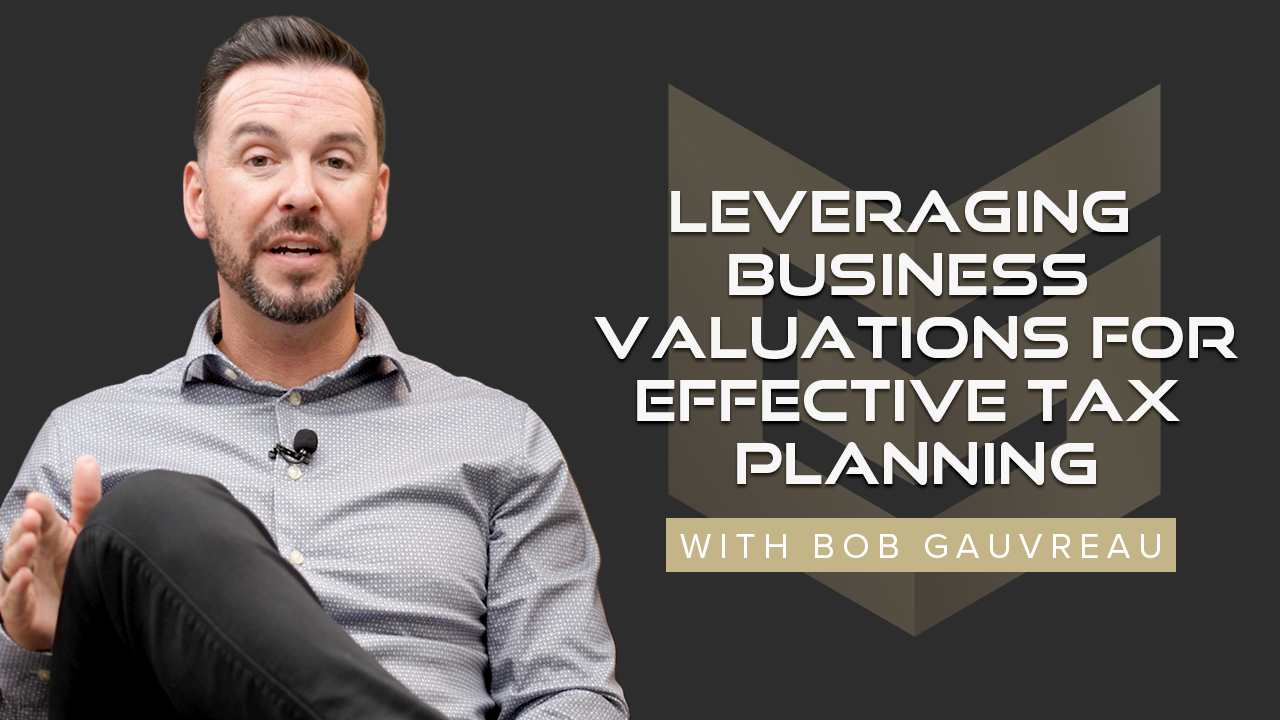Unlocking Success: The Vital Role of Tax Planning for Small Businesses
Navigating the world of small business ownership comes with its fair share of challenges, and one of the most significant risks...
2 min read
 Gauvreau Accounting Tax Law Advisory
Feb 8, 2024
Gauvreau Accounting Tax Law Advisory
Feb 8, 2024
Your choice of business structure can significantly influence your tax rates and liabilities. Here's a straightforward look at common structures:
A sole proprietorship is the simplest form of business, where there's no legal distinction between the owner and the business. While this simplicity is appealing, it comes with a downside: income is taxed at personal tax rates, which in North America can be as high as 50%.
In a partnership, two or more individuals share ownership. Like sole proprietorships, profits are taxed as personal income for each partner, which can lead to high tax rates depending on individual circumstances.
Incorporating your business can offer tax advantages. In Canada, corporate tax rates for small businesses are between 12 to 15%, and in the US, C corporations face a tax rate of around 20%. These rates are often lower than personal tax rates, making incorporation a potentially tax-efficient choice.
Choosing the right structure is about more than just taxes; it affects your liability, the ability to raise capital, and ongoing compliance requirements. However, from a tax perspective, the right structure can lead to significant savings:
Switching from a sole proprietorship or partnership to a corporation involves weighing the benefits of lower tax rates against the complexity and costs of incorporation. It's a decision that should factor in your business's size, revenue, and growth goals.
The structure you choose for your business has lasting implications for your tax obligations and operational flexibility. While sole proprietorships and partnerships offer simplicity, corporations provide opportunities for tax savings and asset protection. As your business grows, reevaluating your structure can ensure it continues to meet your needs. Opting for a structure that aligns with your business goals and tax minimization objectives is essential for long-term success.

Navigating the world of small business ownership comes with its fair share of challenges, and one of the most significant risks...

In the realm of business management, few tasks are as critical and intricate as business succession and estate planning. This is...

Business valuations are pivotal in various strategic areas within a company, particularly in sophisticated tax planning, which encompasses...